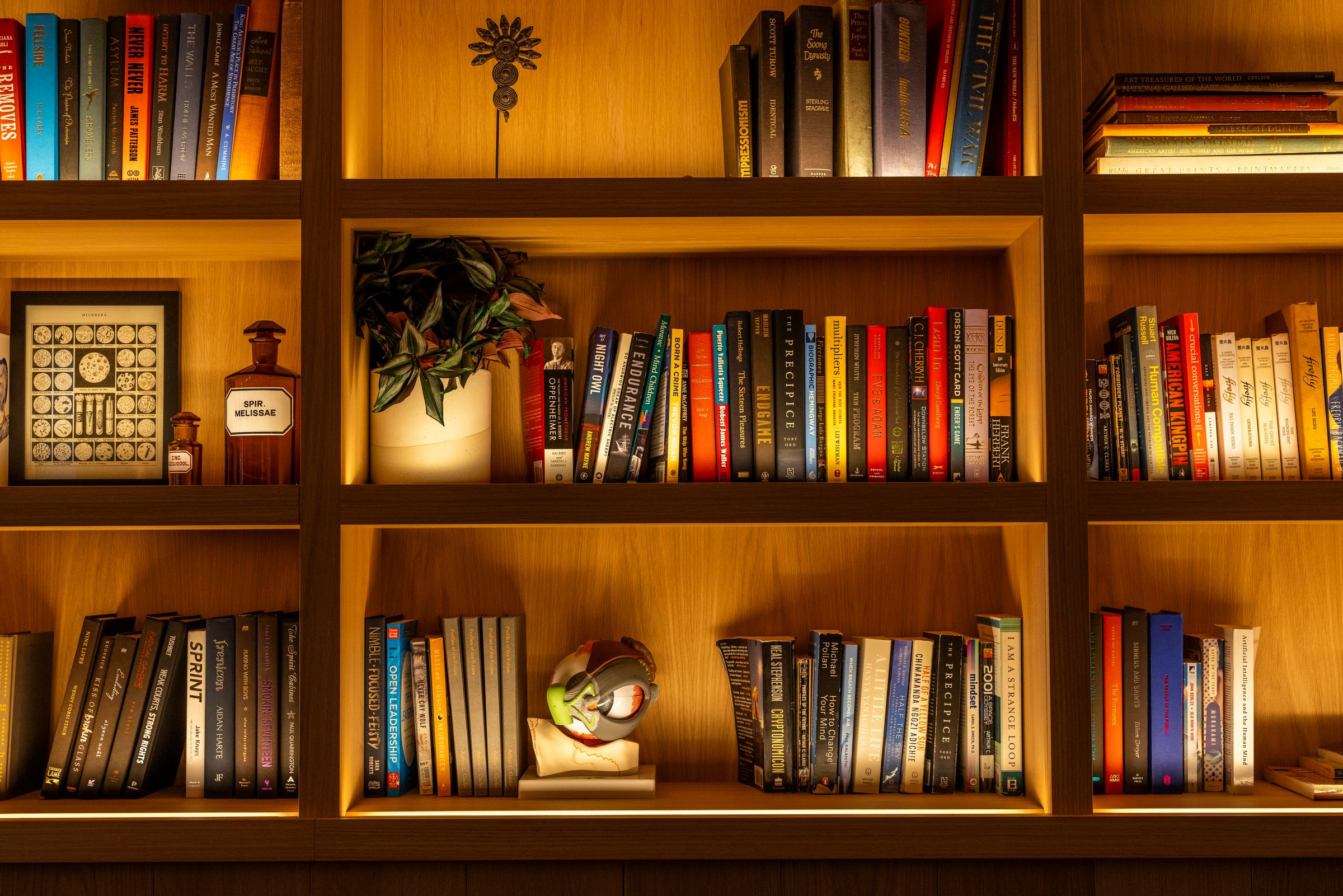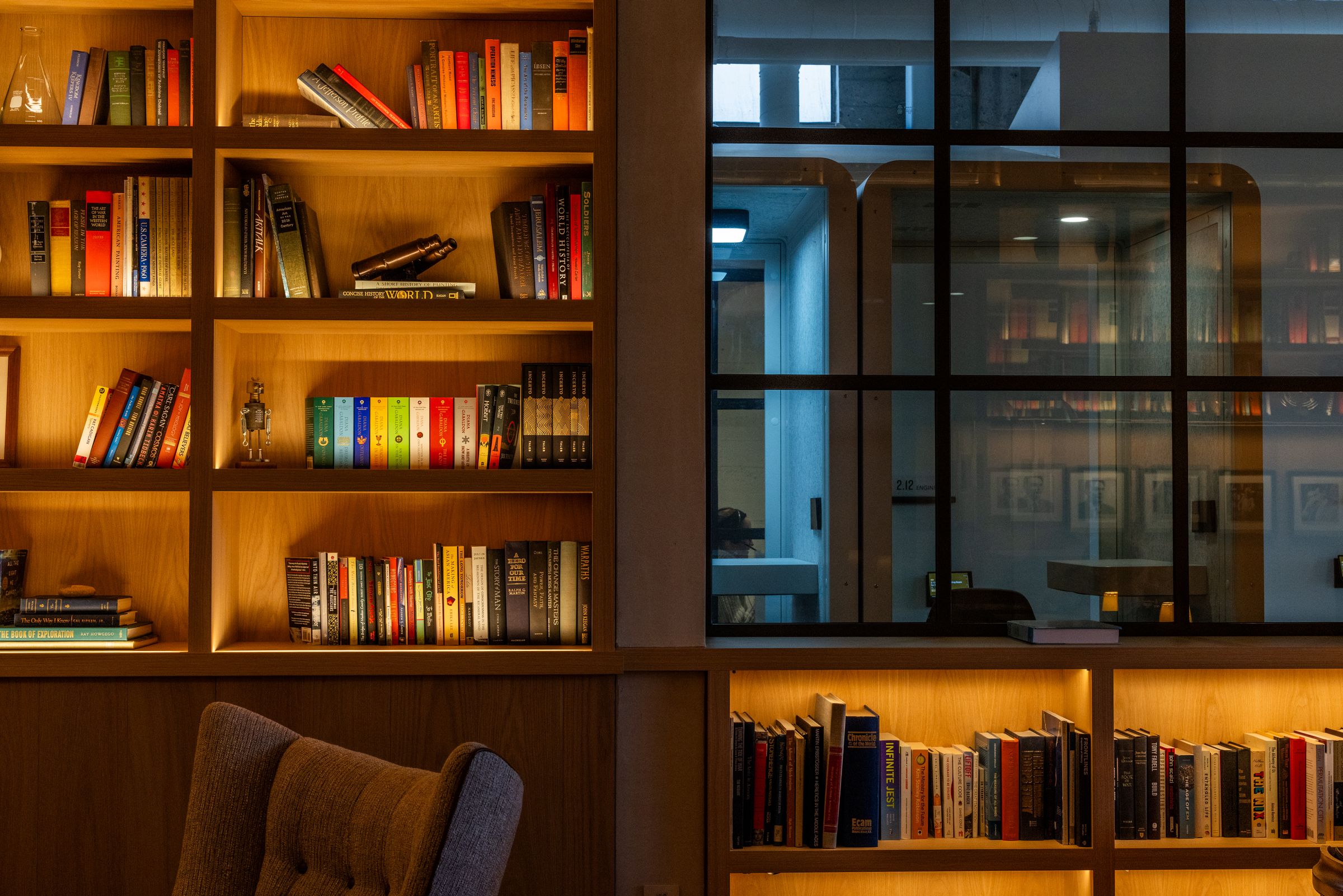The Old-Fashioned Library at the Heart of the A.I. Boom

The Old-Fashioned Library at the Heart of the A.I. Boom
The two-story library has Oriental rugs, shaded lamps dotting its desks and rows of hardbacks lining its walls. It is the architectural centerpiece of the offices of OpenAI, the start-up whose online chatbot, ChatGPT, showed the world that machines can instantly generate their own poetry and prose.
The building, which was once a mayonnaise factory, looks like a typical tech office, with its communal work spaces, well-stocked micro-kitchens and private nap rooms spread across three floors in San Francisco’s Mission District.
But then there is that library, with the ambience of a Victorian Era reading room. Its shelves offer everything from Homer’s “The Iliad” to David Deutsch’s “The Beginning of Infinity,” a favorite of Sam Altman, OpenAI’s chief executive.

Built at Mr. Altman’s request and stocked with titles suggested by his staff, the OpenAI library is an apt metaphor for the world’s hottest tech company, whose success was fueled by language — lots and lots of language. OpenAI’s chatbot was not built like the average internet app. ChatGPT learned its skills by analyzing huge amounts of text that was written, edited and curated by humans, including encyclopedia articles, news stories, poetry and, yes, books.

